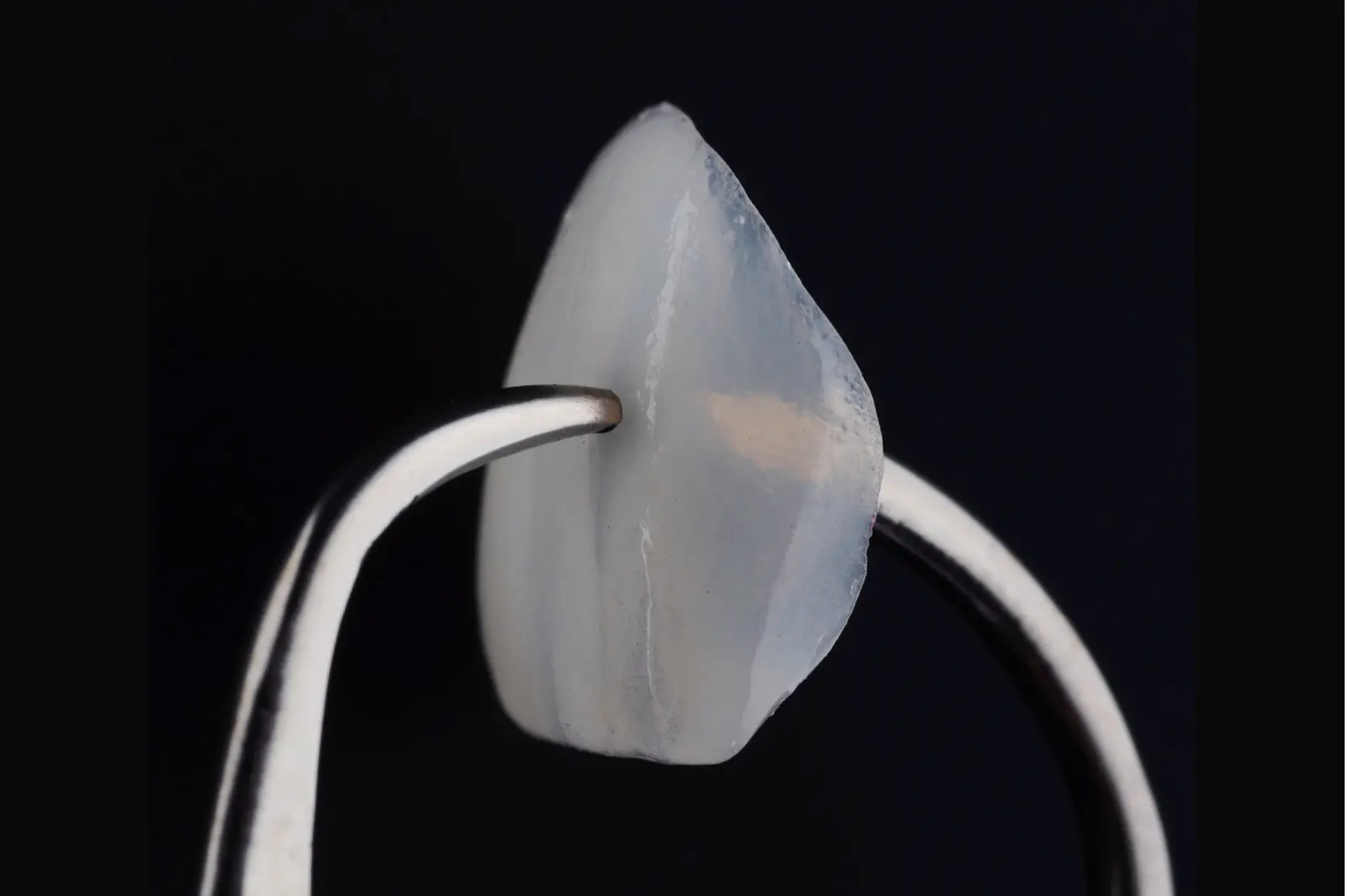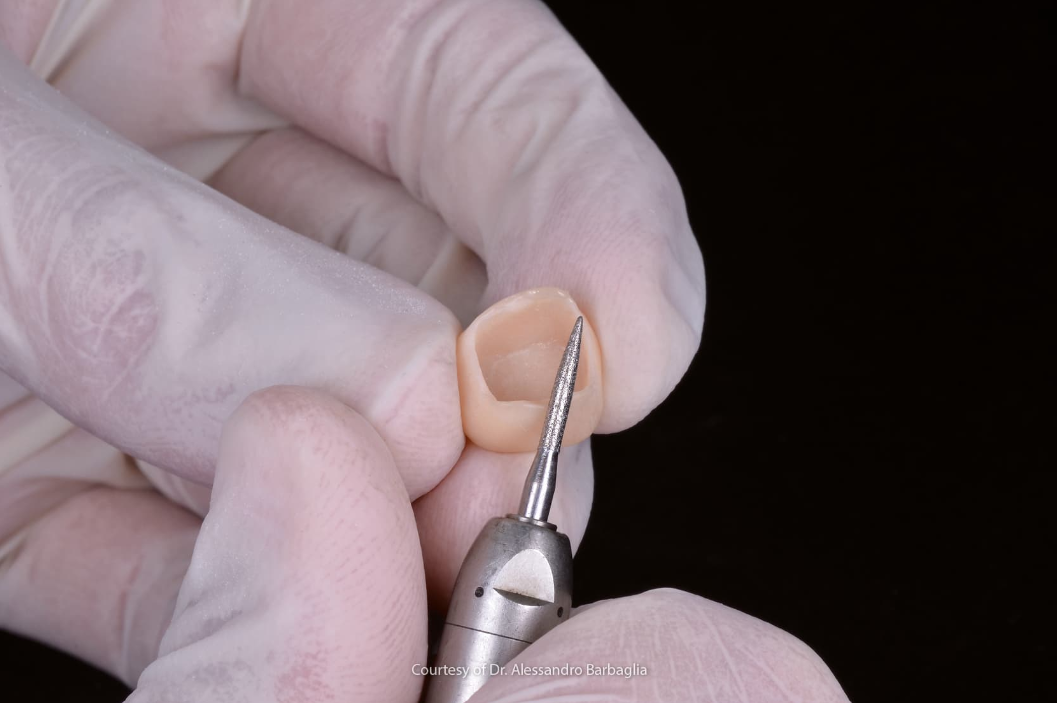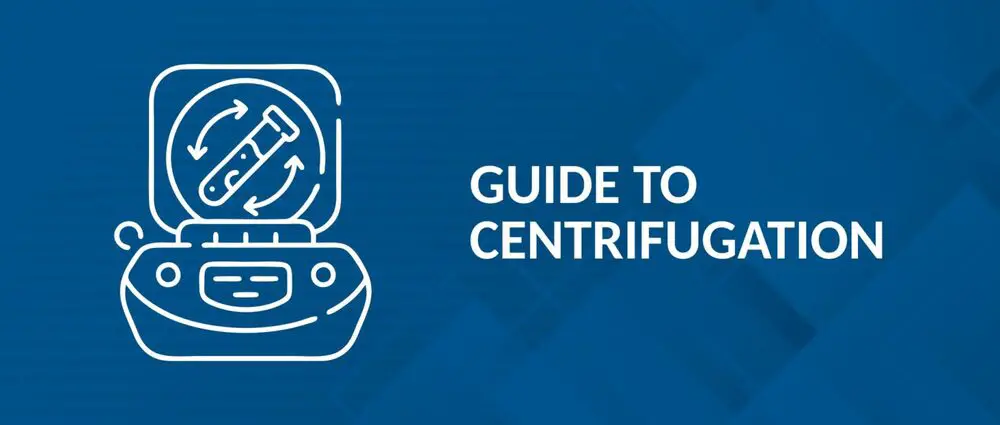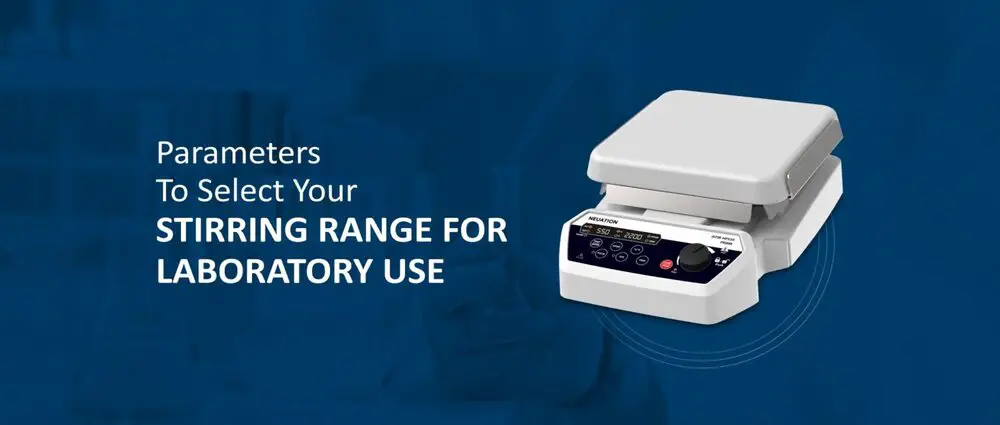Contact Us
No-prep veneers: advantages and possible disadvantages
 Dental
Dental
Nowadays, the growing aesthetic demand from patients and the diffusion of biological concepts, such as minimally invasive property and biomimicry, have increasingly popularised the use of minimally invasive aesthetic-functional rehabilitation solutions, such as dental veneers. (1-5)
Dental veneers today are indicated for the treatment of diverse problems such as discolouration, fractures, abrasions, misalignments and shape anomalies and are therefore a therapeutic option with a wide range of uses. (1-5)
The development of exclusively additive veneers
The development of new materials already performing in very limited thicknesses and the improvement of techniques and materials for cementation have considerably reduced the thickness of the preparations and therefore their invasiveness, which helped preserve a greater quantity of dental tissue and provided a path to increasingly minimally invasive dentistry. (1)
More conservative approaches make it possible to limit mechanical and clinical problems typical of more aggressive preparations (6). The reduced thickness of the prostheses limits internal mechanical stress from bending (7-9), while the less destructive preparation allows to contain the amount of enamel removed. Enamel is a better substrate than dentin for achieving effective adhesion, and thus its preservation turns out to be essential. (10)
Enamel is therefore an extremely important factor. In fact, it has been observed that the preservation of a good quantity of enamel surface and the positioning of the finishing margins of the rehabilitation localised in the thickness of the enamel itself are two fundamental factors for the good prognosis of a ceramic veneer. (11.12)
Following these concepts, we have moved on to increasingly minimally-invasive preparation philosophies, and the preparations of the veneers have gradually become more minimal, up to the creation of exclusively additive veneers, where there is no preparation: these are no-prep veneers.
Advantages of no-prep veneers: the “contact lens” effect and the reversibility of the treatment
Among the advantages, it should be remembered that, by working in smaller thicknesses, it is possible to obtain a better optical transition between the tooth and the reconstruction, with a “contact lens” effect. (13.14)
Other advantages of no-prep veneers are:
- the possibility to completely avoid the provisional phase;
- the theoretical total reversibility of the treatment, not touching the surface of the teeth in any way – even if the removal of a ceramic veneer perfectly adhered to the tooth enamel is a laborious procedure and not difficulty-free.
Disadvantages of no-prep veneers: the complexity of the treatment and overcontours
Among the disadvantages, first we have all the greater global complexity of the treatment, which requires great care during all phases of implementation (particularly in the adhesive step), intraoral finishing and polishing. (15)
No-prep veneers require great skill, e.g. result therefore depends on the professional: it is in fact complex to obtain a satisfactory anatomy and avoid overcontours that could become pigmented over time and give rise to cavity infiltration. (1)
To avoid overcontours, the margins are tapered as much as possible, making the veneers more sensitive to “chipping” phenomena both during the laboratory phases and during the intraoral clinical phases. In the mouth, it is possible that these phenomena occur both while the veneer is being positioned during the cementation phase and due to the polymerisation contraction of the resin cement. (16)
If the work involves reduced thicknesses, it is also difficult to mask significant dichromatisms.
Since there is no preparation guideline, another important clinical disadvantage concerns the positioning of the veneer on the tooth, which risks not being precise and compromising the aesthetic result, as well as the prognosis of the rehabilitation.
Conclusions
To date, there is no important scientific evidence on this type of minimally invasive rehabilitation.
However, it is always necessary to consider the clinical difficulties, the complexity of production and the limits that are imposed on the clinician by the materials themselves.
References
- Zarone, F., LeoNe, R., Di Mauro, M. I., Ferrari, M., & Sorrentino, R. (2018). No-preparation ceramic veneers: a systematic review. Journal of Osseointegration, 10(1), 17-22.
- Zarone F, russo s, sorrentino r. From porcelain-fused-to-metal to zirconia: clinical and experimental considerations. Dent Mater 2011; 27(1):83-96.
- Zarone F, Ferrari M, Mangano FG, leone r, sorrentino r. Digitally oriented materials: focus on lithium disilicate ceramics. int J Dent 2016; 2:9840594.
- Skyllouriotis Al, yamamoto hl, Nathanson D. Masking properties of ceramics for veneer restorations. J Prosthet Dent 2017; pii: s0022-3913(16)30694-1.
- Höland w, schweiger M, watzke r, Peschke A, Kappert h. Ceramics as biomaterials for dental restoration. Expert rev Med Devices 2008; 5(6):729-45.
- Vanlıoğlu BA, Kulak-Özkan y. Minimally invasive veneers: current state of the art. Clin Cosmet investig Dent 2014; 6:101-7.
- Zarone F, Epifania E, leone G, sorrentino r, Ferrari M. Dynamometric assessment of the mechanical resistance of porcelain veneers related to tooth preparation: a comparison between two techniques. J Prosthet Dent 2006; 95(5):354-63.
- Sorrentino r, Apicella D, riccio C, Gherlone E, Zarone F, Aversa r, Garcia- Godoy F, Ferrari M, Apicella A. Nonlinear visco-elastic finite element analysis of different porcelain veneers configuration. J Biomed Mater res B Appl Biomater 2009; 91(2):727-36.
- Perillo l, sorrentino r, Apicella D, Quaranta A, Gherlone E, Zarone F, Ferrari M, Aversa r, Apicella A. Nonlinear visco-elastic finite element analysis of porcelain veneers: a submodelling approach to strain and stress distributions in adhesive and resin cement. J Adhes Dent 2010; 12(5):403-13.
- Ferrari M, Patroni s, Balleri P. Measurement of enamel thickness in relation to reduction for etched laminate veneers. int J Periodontics restorative Dent 1992; 12(5):407-13.
- Gurel G, sesma N, Calamita MA, Coachman C, Morimoto s. influence of enamel preservation on failure rates of porcelain laminate veneers. int J Periodontics restorative Dent 2013; 33(1):31-9.
- Cötert hs, Dündar M, Oztürk B. The effect of various preparation designs on the survival of porcelain laminate veneers. J Adhes Dent 2009; 11(5):405-11.
- Zarone F, Apicella D, Sorrentino R, Ferro V, Aversa R, Apicella A. Influence of tooth preparation design on the stress distribution in maxillary central incisors restored by means of alumina porcelain veneers: A 3D finite element analysis. Dent Mater 2005; 21:1178-1188.
- Magne P, Hanna J, Magne M. The case for moderate “guided prep” indirect porcelain veneers in the anterior dentition. The pendulum of porcelain veneer preparations: from almost no-prep to over-prep to no-prep. Eur J
- Wells D. Low-risk dentistry using additive-only (“no-prep”) porcelain veneers. Compend Contin Educ Dent 2011; 32(5):50-5.
- Morimoto S, Albanesi RB, Sesma N, Agra CM, Braga MM. Main Clinical Outcomes of Feldspathic Porcelain and Glass-Ceramic Laminate Veneers: A Systematic Review and Meta-Analysis of Survival and Complication Rates. Int J Prosthodont 2016; 29(1):38-49.





